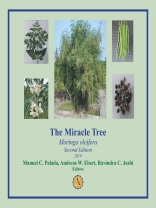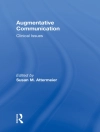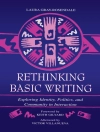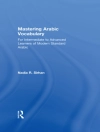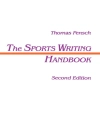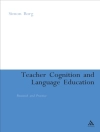For thousands of years, moringa (Moringa oleifera) has been used as a food crop and as a medicinal plant. Almost all of moringa’s plant parts have multiple uses, particularly the leaves and seed pods, which are highly nutritious. During the past several decades, more attention has focused on exploring and expanding the multiple uses and benefits of this miracle tree. Advances in research and development are rapidly progressing in the areas of botany and germplasm improvement, agronomy, nutrition, natural medicine, and its commercialization by the food and cosmetics industry. Recent developments are not only focusing on using moringa as a food crop, but also as an industrial commodity, with applications such as water clarification, livestock feed, and biofuel. This book presents much information collected from various sources including field research studies conducted by organizations involved in developing and promoting moringa as one of the most useful plants, articles written by individuals with experience and knowledge about moringa, as well as other books and publications cited in this present edition.
About the author
The lead author (editor) is an experienced international horticulturist who worked in Africa, Asia and the Eastern Caribbean region. He conducted research studies on indigenous vegetables including Moringa. He wrote several technical and popular articles on the subject of vegetable and agronomic crops. As an international horticulturist he developed crop production technologies useful for small-scale farmers in developing countries. He was the convenor of the First International Symposium on Moringa held in Manila, Philippines on November, 2015 and co-authored the proceedings as well as a book chapter on Moringa.
